1/2 Reichstaler 1621,
under Wilhelm V of Hesse-Kassel as administrator.
Condition: ef+
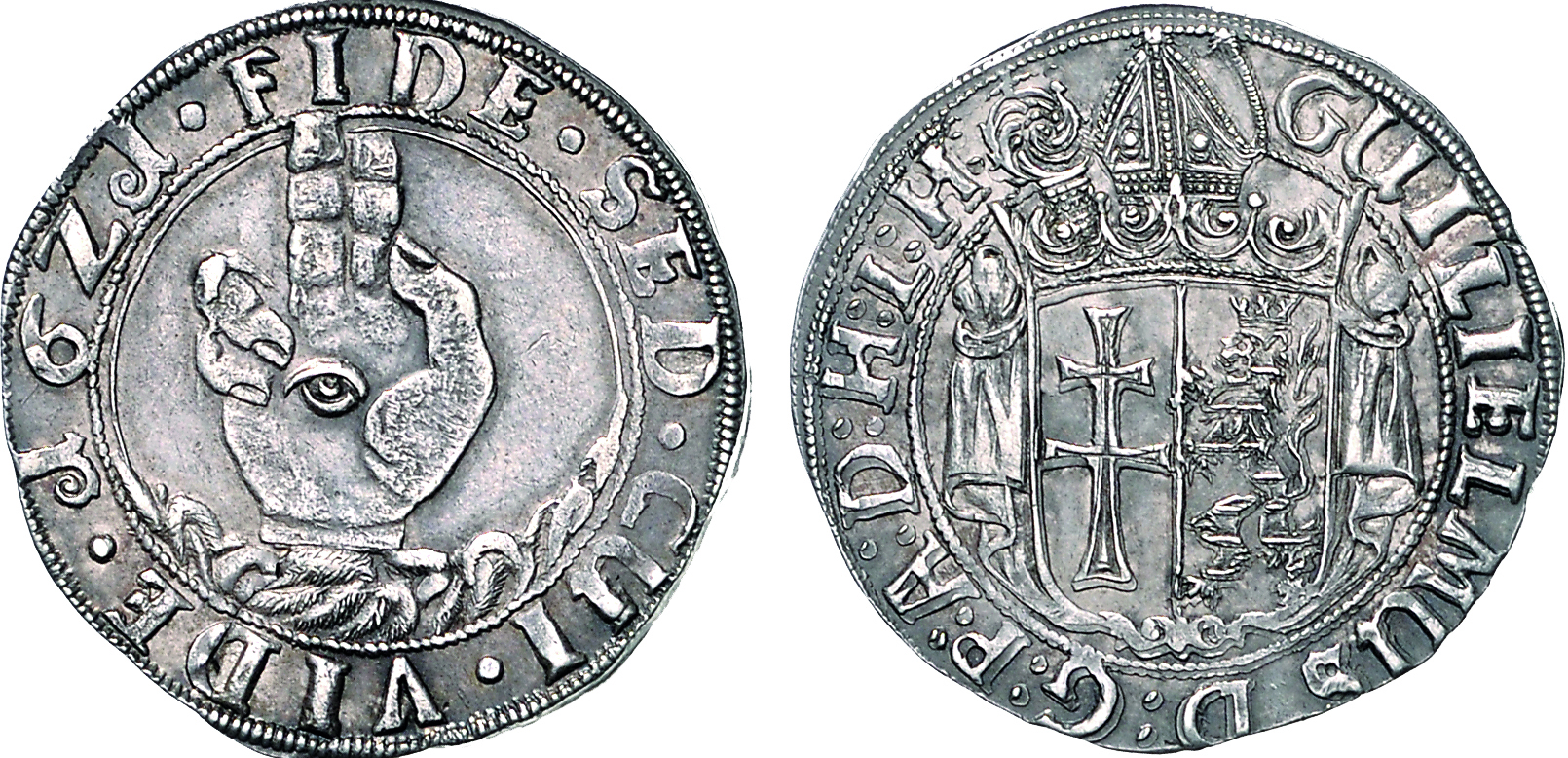

city of Besançon,
3 Pistols 1666 with title Charles V.
Condition: CH UNC
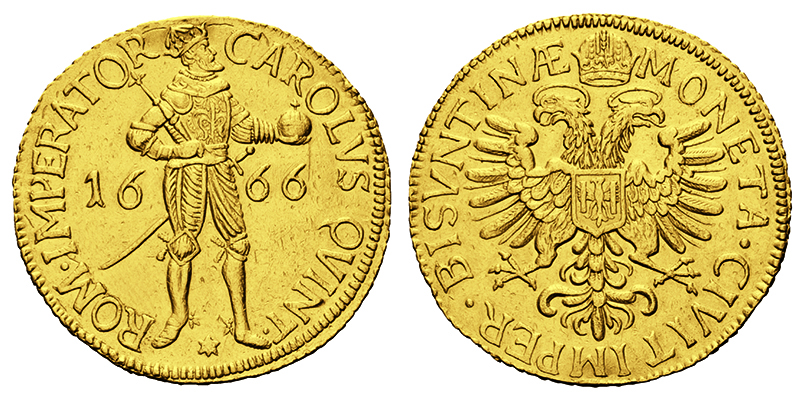
Bavaria, Chaise d'or (imperial shield)
1328-1347 under Emperor Louis IV.
Condition: ef

Reichstaler 1654-1668
under Count Guidobald von Thun.
Condition: vf-ef
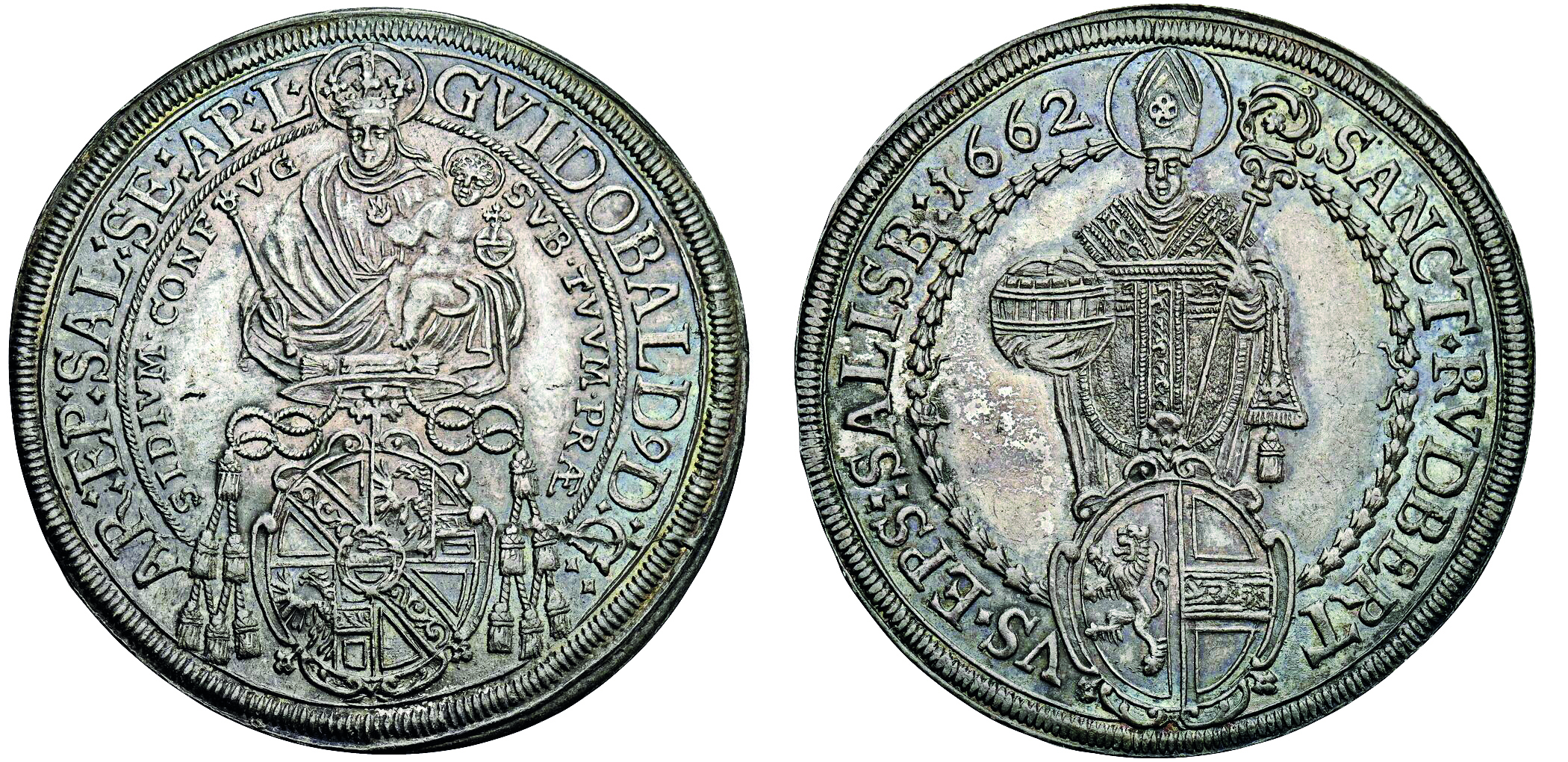
Solidus (491-518)
under Anastasius the righteous.
Condition: vf-ef

Archive: People and Markets
CIT’s Mont-Saint-Michel
CIT has converted the UNESCO World Heritage Site “Mont-Saint-Michel” into numismatic masterpieces: Four coins in three metals pay tribute to the impressive island with a three-dimensional relief on a deeply concave background.
Joe Cribb is the 2023 Derek Allen Prize Winner
Joe Cribb is a well-known specialist in the monetary history of Asia. For his outstanding contribution to the discipline of numismatics, the British numismatist has been awarded the 2023 Derek Allen Prize by the British Academy.
Archive: Coins, Medals and more
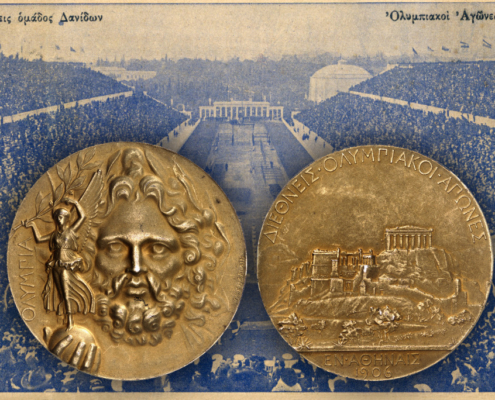
The Olympic Games That Are No Longer Recognized
In 1906, the IOC and the country of Greece invited athletes from all over the world to the Olympic Games in Athens. The Games had a lasting impact on the ceremonies surrounding the sporting showdown, even though the IOC no longer recognizes these Olympics today. A winner’s medal from the Games will be auctioned by Künker on 18 June 2024.
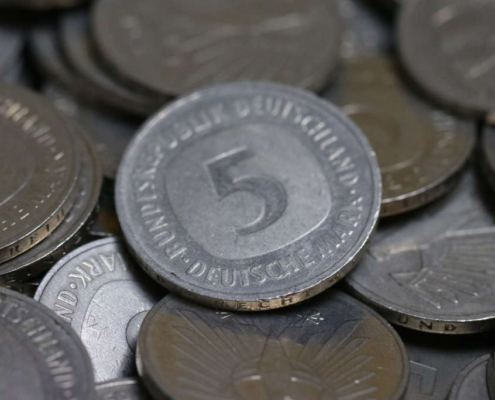
Marks and Pfennigs in Your Inheritance: What Should Heirs Do with Old DM Coins?
When dealing with inheritances, it’s common for heirs to come across coins from the Deutsche Mark era –often, these Pfennigs and Marks can feel overwhelming. However, heading straight to the Bundesbank, where nearly all DM coins can be exchanged indefinitely, isn’t always the best option.







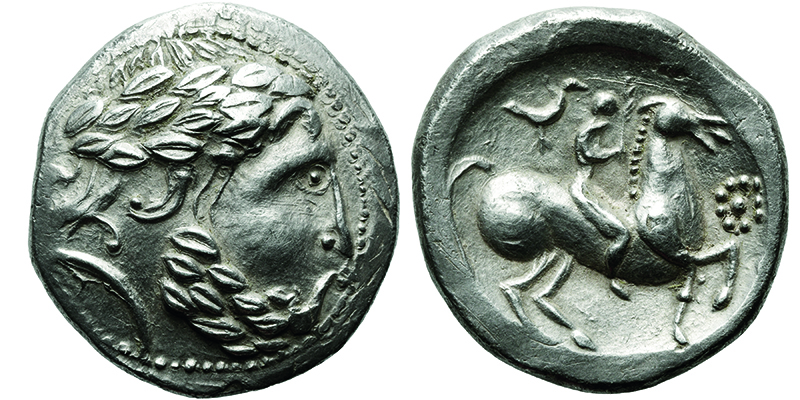

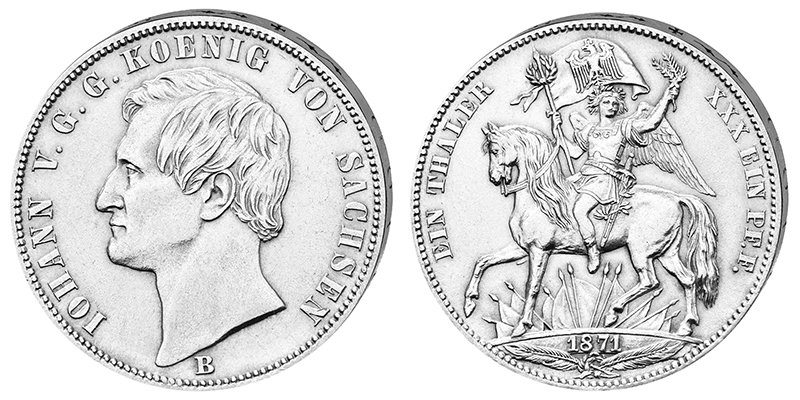
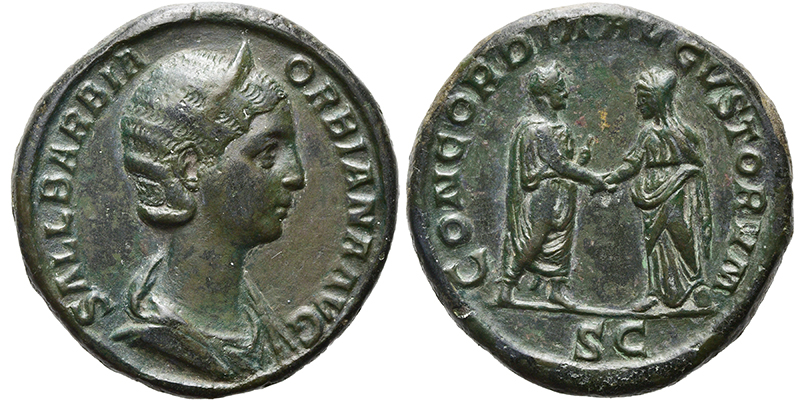

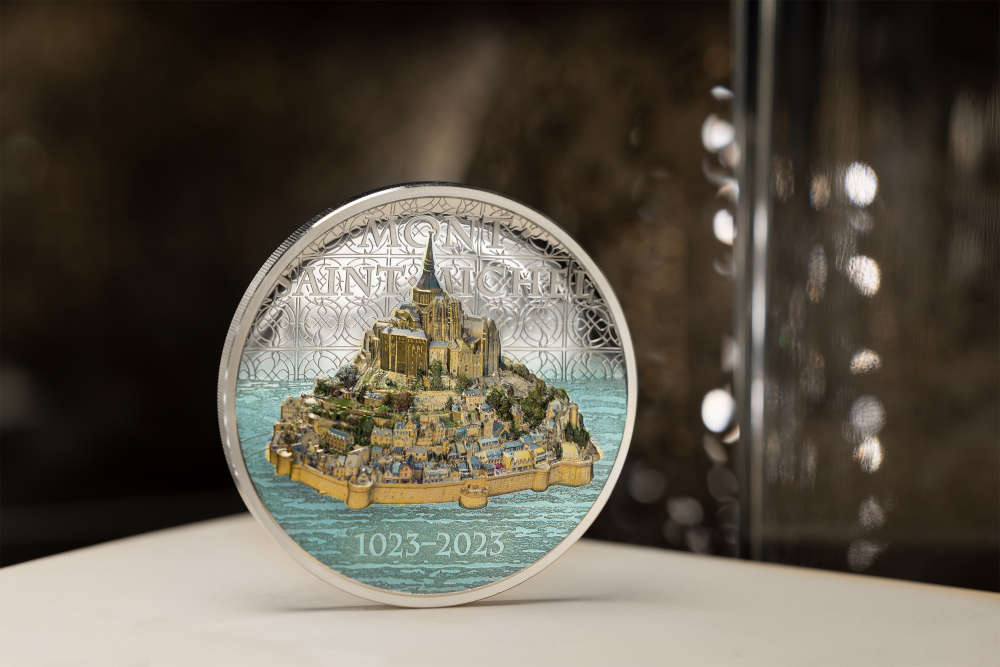


NUMMUS – Spain’s New Numismatic Society
In March 2024, a new numismatic association was created in Spain with a strong commitment to private collectors as agents of cultural generation and heritage conservation. Find out more about the aims of NUMMUS here.
Rich and Poor in Early Tudor England
The Met Cloisters takes you into a merchant’s house in 16th-century England. Why did a rich man exhibit images of the poor? Intriguing objects tell us about tastes and self-expression. And you can expect coins to be there too!